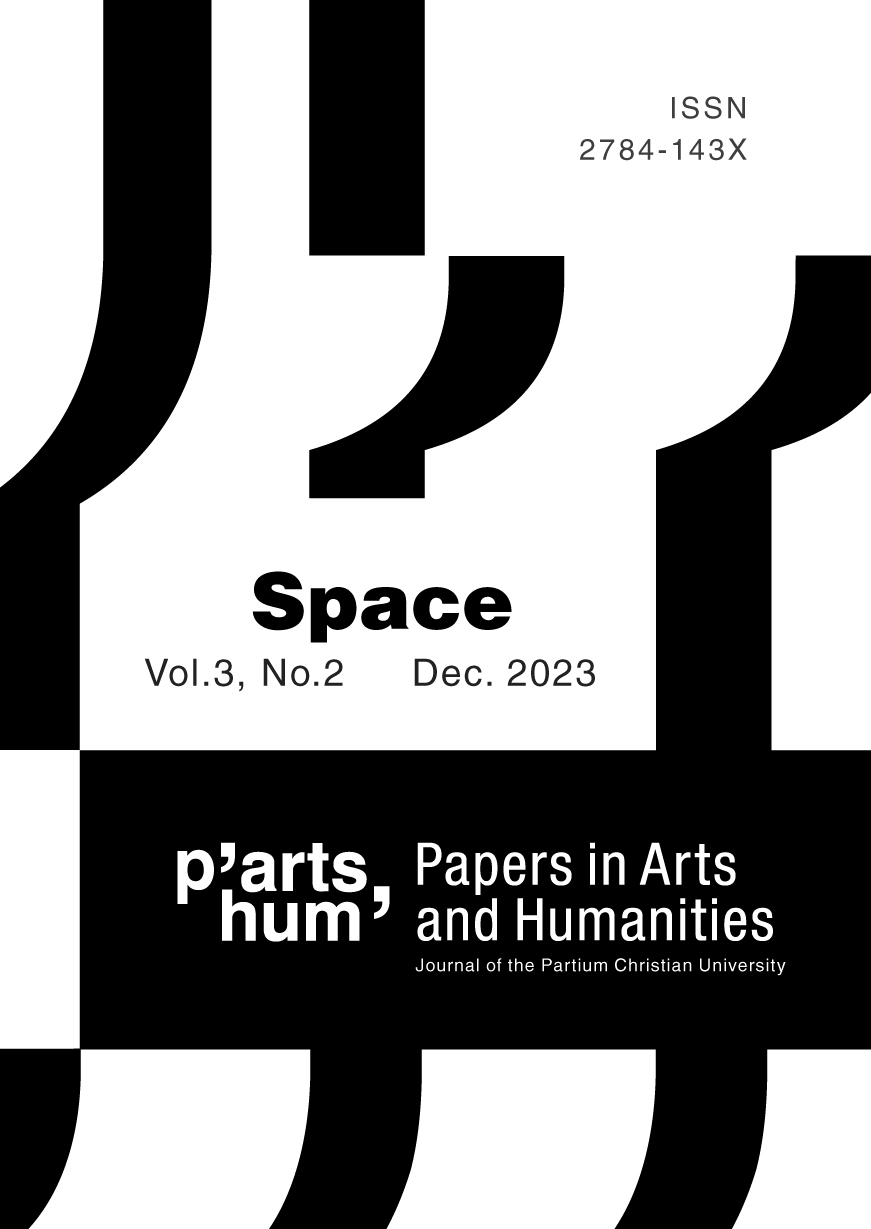Beyond the Grey Zone: The Production of Space in Eastern European Neo-Avantgarde
Beyond the Grey Zone: The Production of Space in Eastern European Neo-Avantgarde
Author(s): Mădălina BrașoveanuSubject(s): Fine Arts / Performing Arts, Visual Arts, History of Art
Published by: Partiumi Keresztény Egyetem
Keywords: Eastern European neo-avantgarde; grey zone; heterotopy; socialist space; boundary; uncertain territories;
Summary/Abstract: The spatial metaphor that dominates the historical overviews dedicated to neo-avantgarde art of Eastern Europe from the last decades of state socialism is the “grey zone”—a metaphor deeply rooted in the dichotomies of Cold War discourses, which understood the “socialist space” as being roughly split between an “official” and an “unofficial”/underground/hidden space of dissent. However, the grey zone metaphor fails to account for the diverse, complex, and nuanced ways in which unconventional art practices from the region engaged with a wide range of spaces, from the institutional (and official) ones to spaces of everyday life, delocalized spaces of a likeminded artistic community, and to the space of the image understood outside of the confined territory of traditional practices. By engaging a theoretical perspective drawn from the so-called “spatial turn” in the post-colonial discourse, I will try to argue that the “species of spaces” (Kemp-Welch) defining the neo-avantgarde art practices in the region were not conquering but were producing cultural and socially relevant spaces while blurring/widening the conventional boundaries of art’s territory, and that this complexity cannot be understood by relying on the binary terminology of the geopolitical discourses of the Cold War.
Journal: P’Arts’Hum
- Issue Year: 3/2023
- Issue No: 2
- Page Range: 1-17
- Page Count: 17
- Language: English

